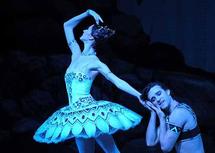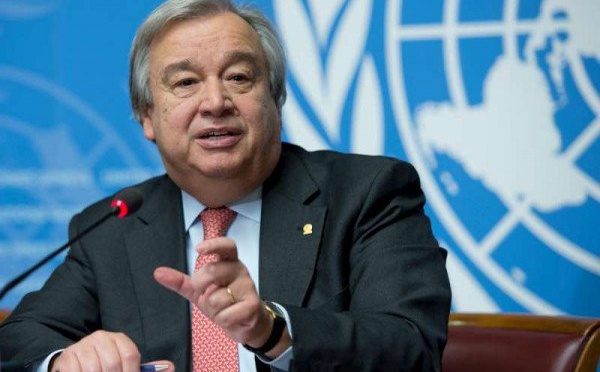
The theater has been closed since 2005 and was due to reopen in 2008, but the deadline was pushed back several times as the project became mired in allegations of overspending and corruption.
Now the Bolshoi's legendary ceiling representing 10 muses on a blue sky background, that was in a poor condition, has regained its colours after nine months of restoration works.
Built in 1856 near the Kremlin, the Bolshoi lost much of its authenticity after inappropriate modifications were made by Bolshevik authorities to one of the most prominent symbols of Russian culture's glory.
The completion of the expensive works has also been delayed because damage to the building was greater than originally thought and restoring the theatre's original appearance required greater effort.
Officials have said the works have cost at least 800 million dollars (580 million euros), and Russia's state auditor blamed the contractor in 2009 for causing the costs to grow 16-fold from the original budgeted sum.
The theatre will be reopened in mid-2011 for its company and its curtain is expected to be raised for spectators in October-November, Sidorov said. Previously authorities announced a post-restoration premiere for October 2.
"Over five kilogrammes of mosaic gold were used for the gilding of the theatre and its huge chandelier," said another spokesman for Summa Capital, Evgenia Vasilyeva.
The Bolshoi now has a dual revolving stage, which preserves the distinctiveness of the old stage slightly tilted towards the audience, a rare feature that often scares foreign artists.
The orchestra pit that was enlarged to accommodate 135 musicians has also become movable and acquired new acoustic resonance.
In recent years, the ambitious renovation project was the centre of real estate scandals and allegations of embezzlement that embarrassed Moscow's municipal authorities.
---------------------------------------------------------------------------
Now the Bolshoi's legendary ceiling representing 10 muses on a blue sky background, that was in a poor condition, has regained its colours after nine months of restoration works.
Built in 1856 near the Kremlin, the Bolshoi lost much of its authenticity after inappropriate modifications were made by Bolshevik authorities to one of the most prominent symbols of Russian culture's glory.
The completion of the expensive works has also been delayed because damage to the building was greater than originally thought and restoring the theatre's original appearance required greater effort.
Officials have said the works have cost at least 800 million dollars (580 million euros), and Russia's state auditor blamed the contractor in 2009 for causing the costs to grow 16-fold from the original budgeted sum.
The theatre will be reopened in mid-2011 for its company and its curtain is expected to be raised for spectators in October-November, Sidorov said. Previously authorities announced a post-restoration premiere for October 2.
"Over five kilogrammes of mosaic gold were used for the gilding of the theatre and its huge chandelier," said another spokesman for Summa Capital, Evgenia Vasilyeva.
The Bolshoi now has a dual revolving stage, which preserves the distinctiveness of the old stage slightly tilted towards the audience, a rare feature that often scares foreign artists.
The orchestra pit that was enlarged to accommodate 135 musicians has also become movable and acquired new acoustic resonance.
In recent years, the ambitious renovation project was the centre of real estate scandals and allegations of embezzlement that embarrassed Moscow's municipal authorities.
---------------------------------------------------------------------------









 Home
Home Politics
Politics









